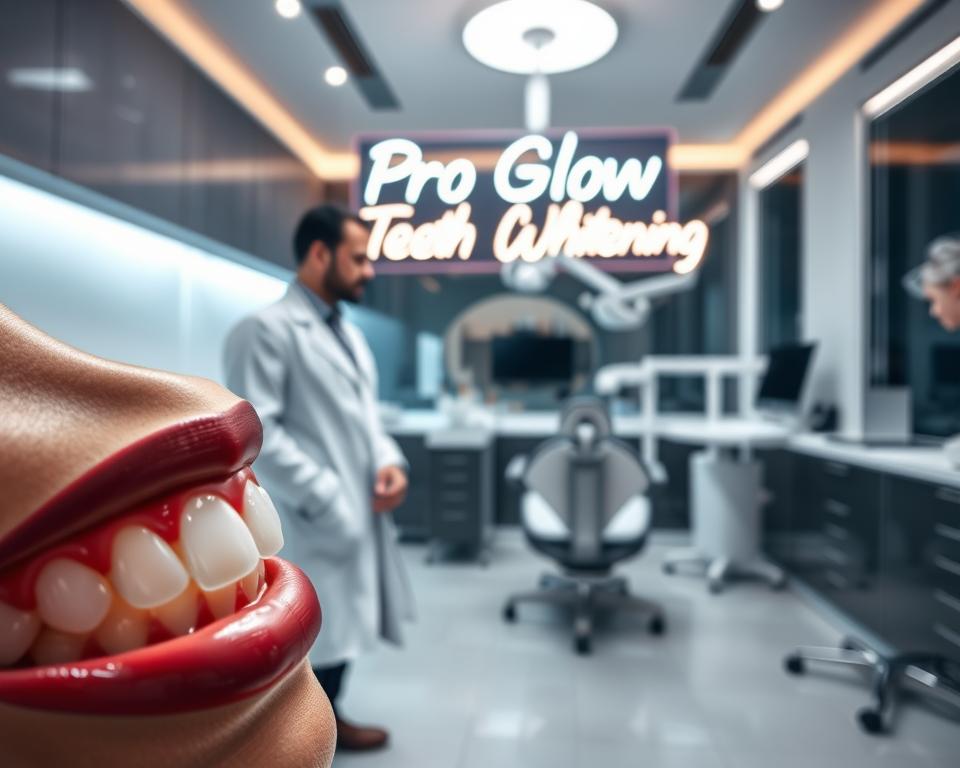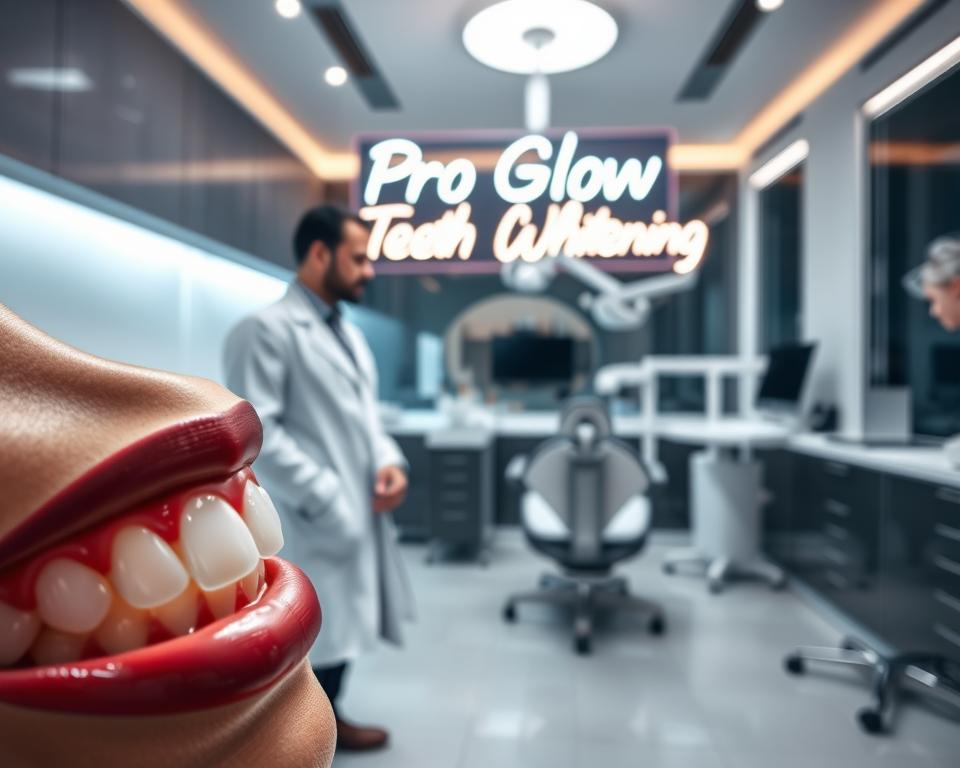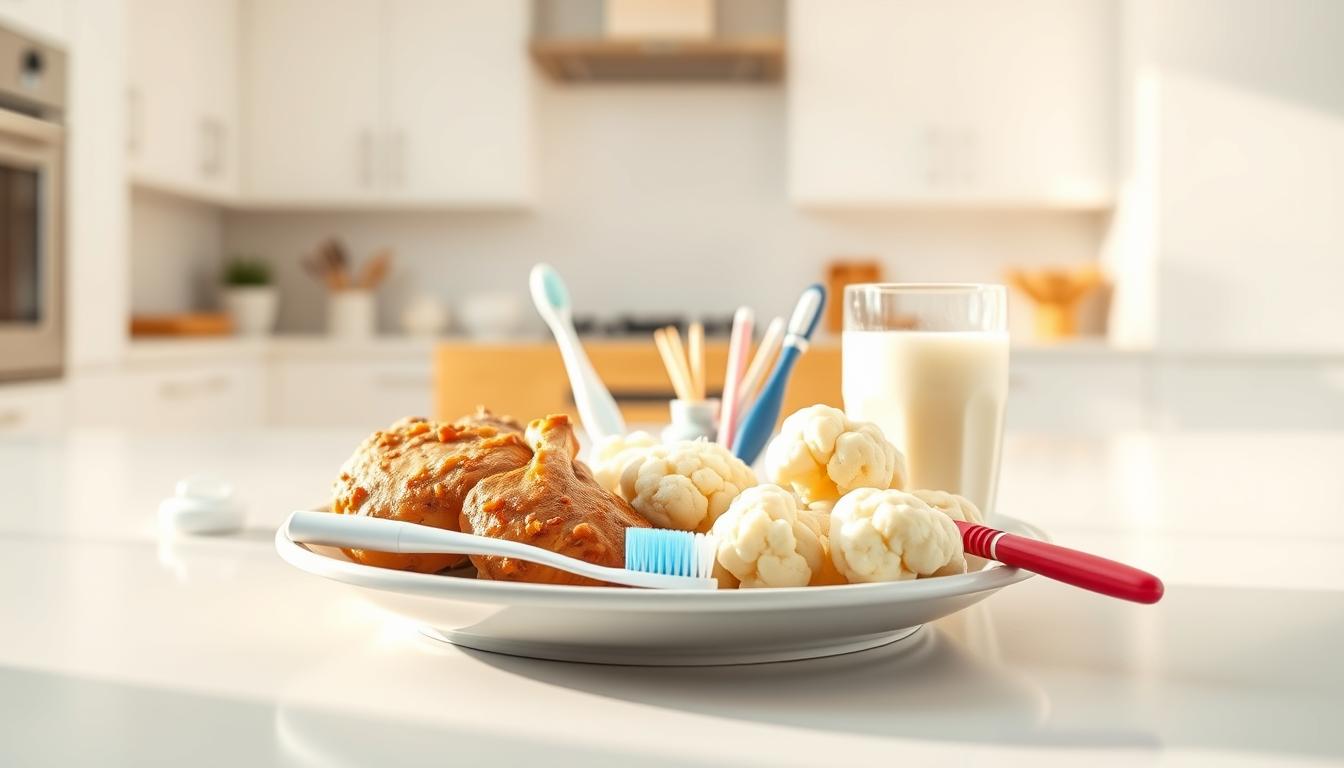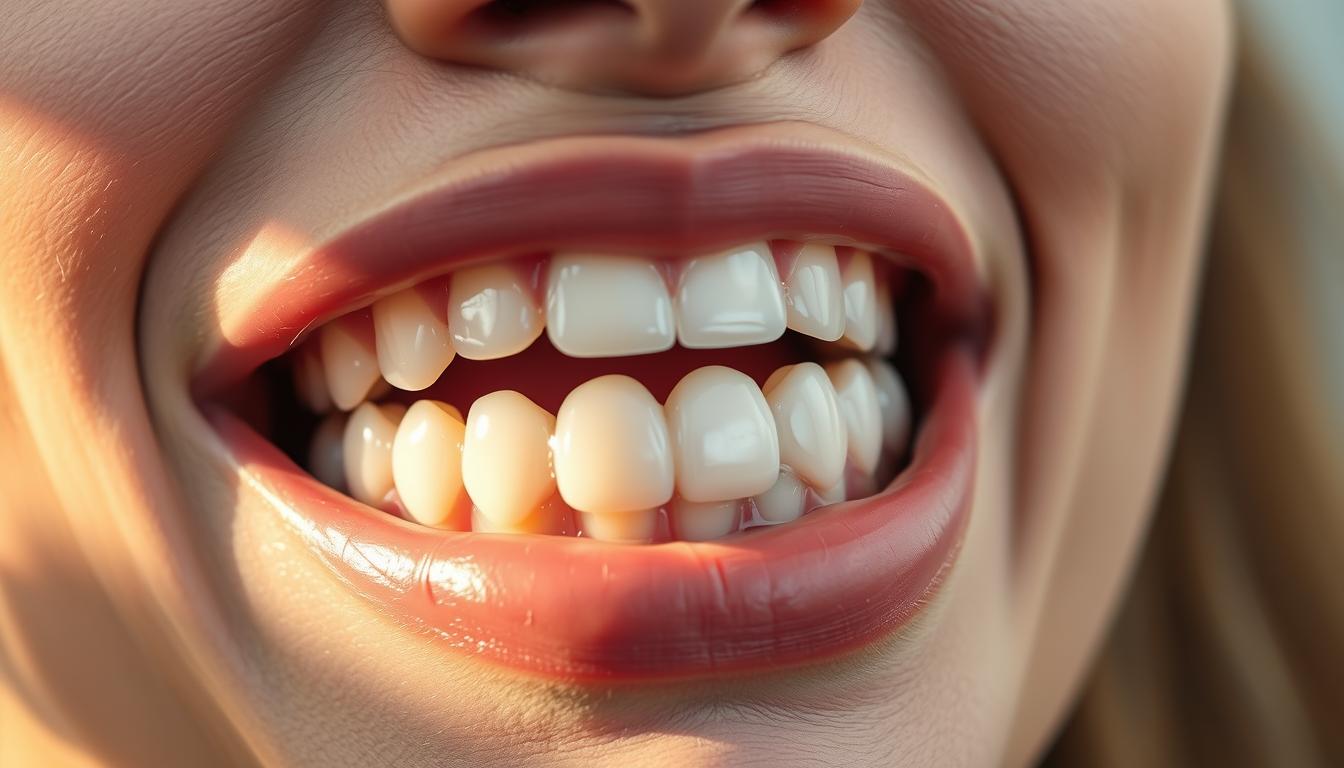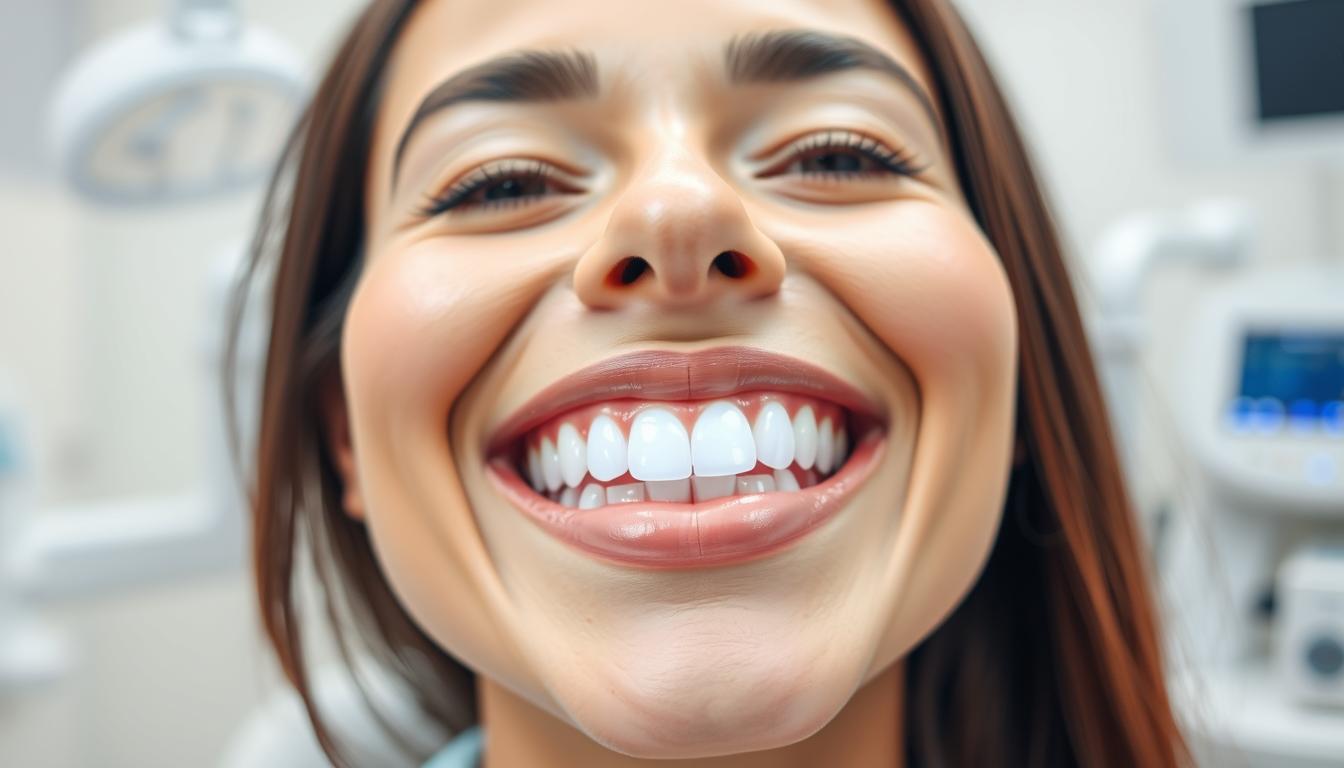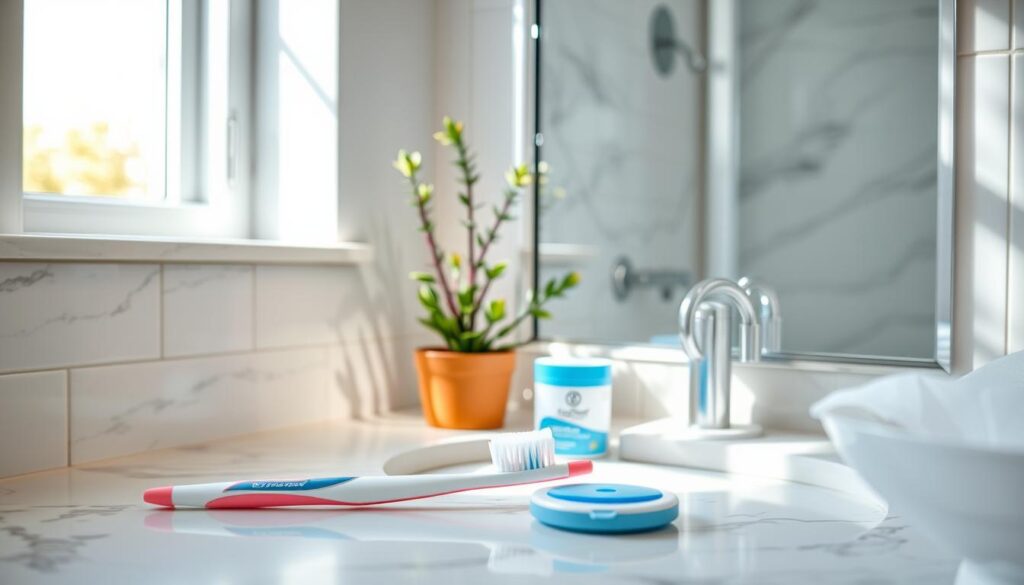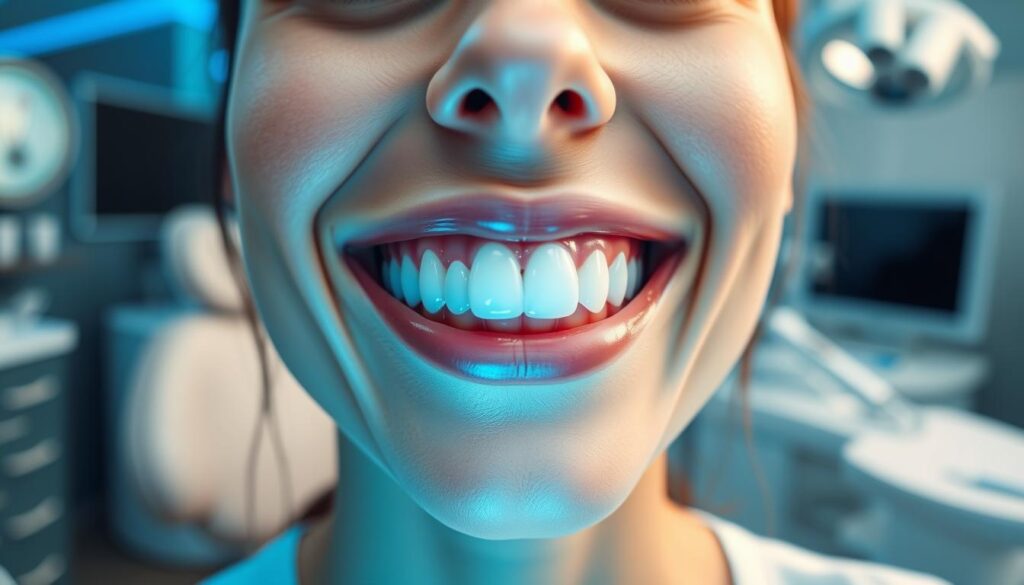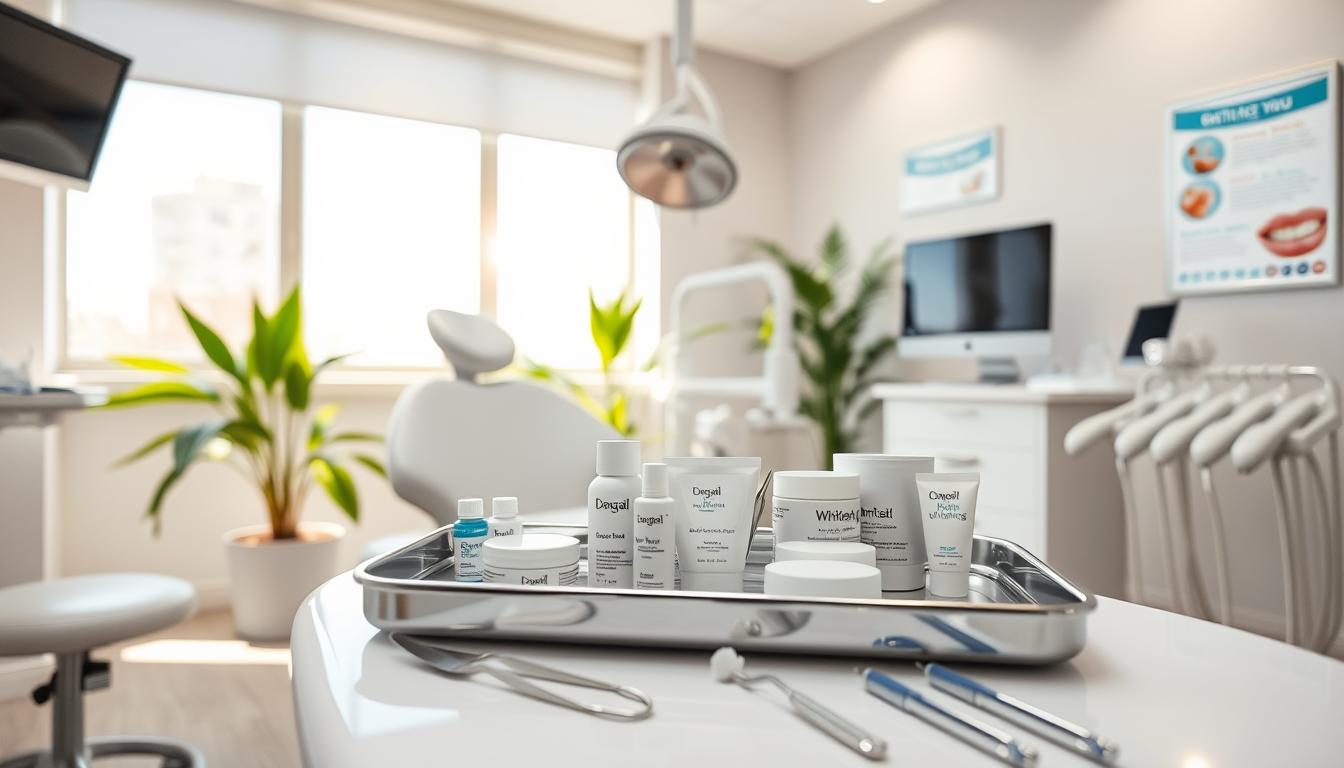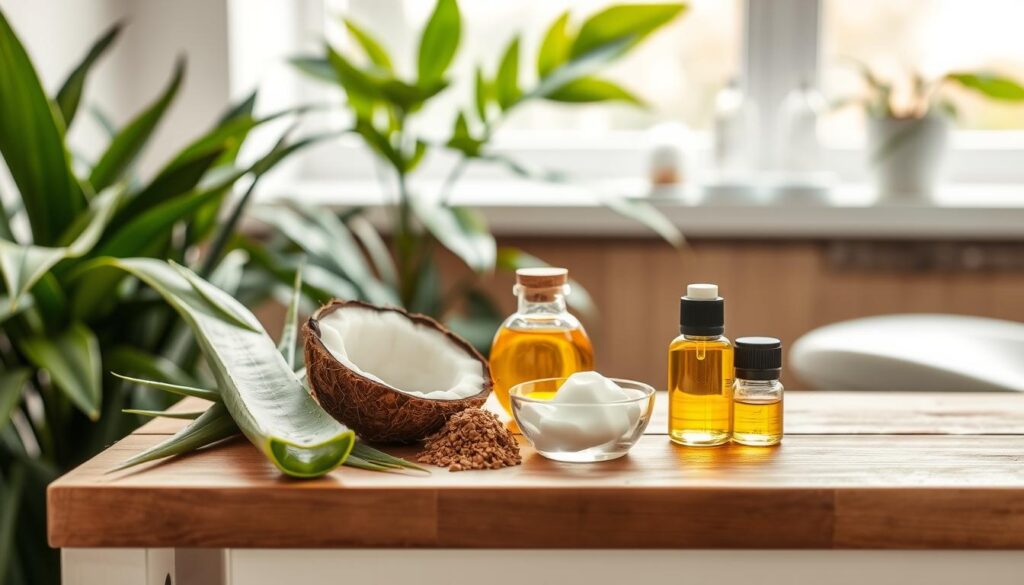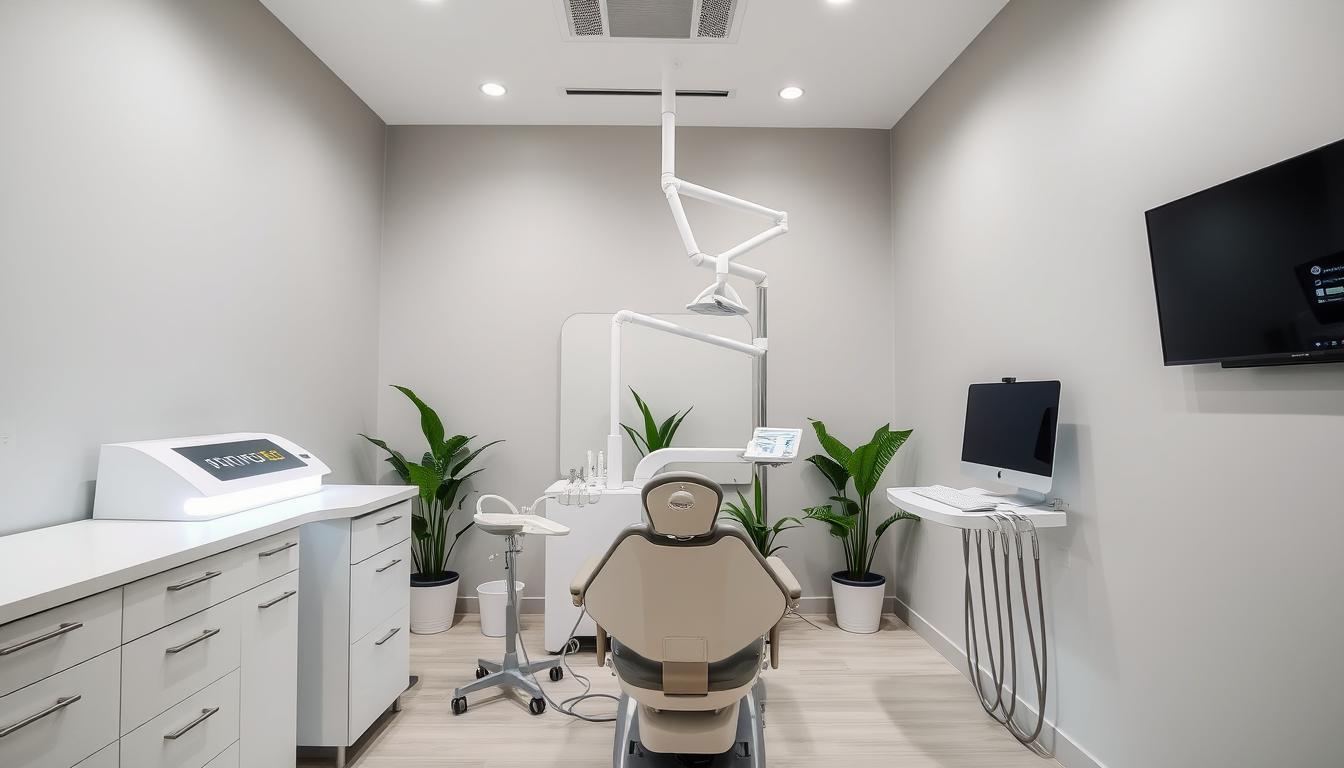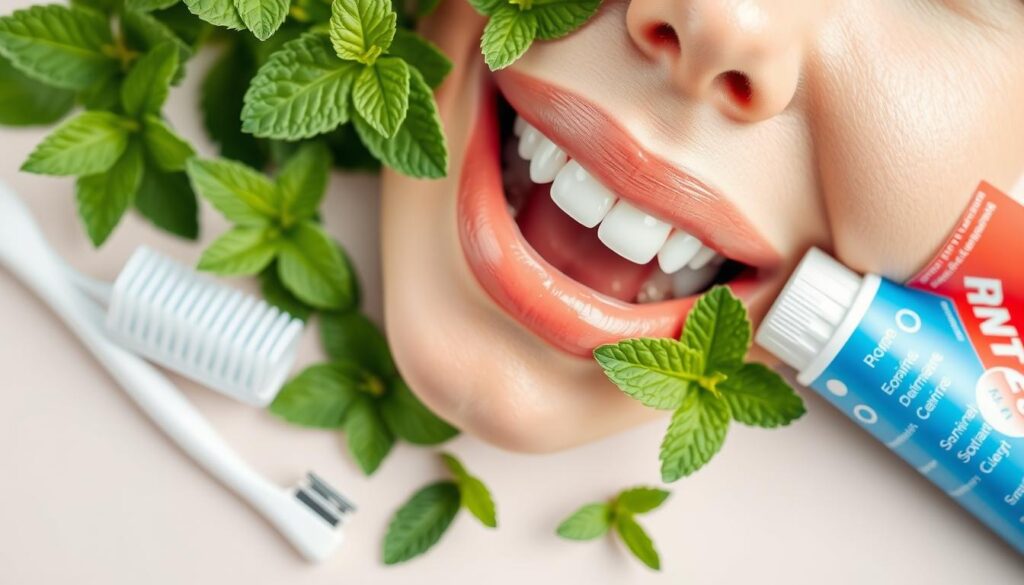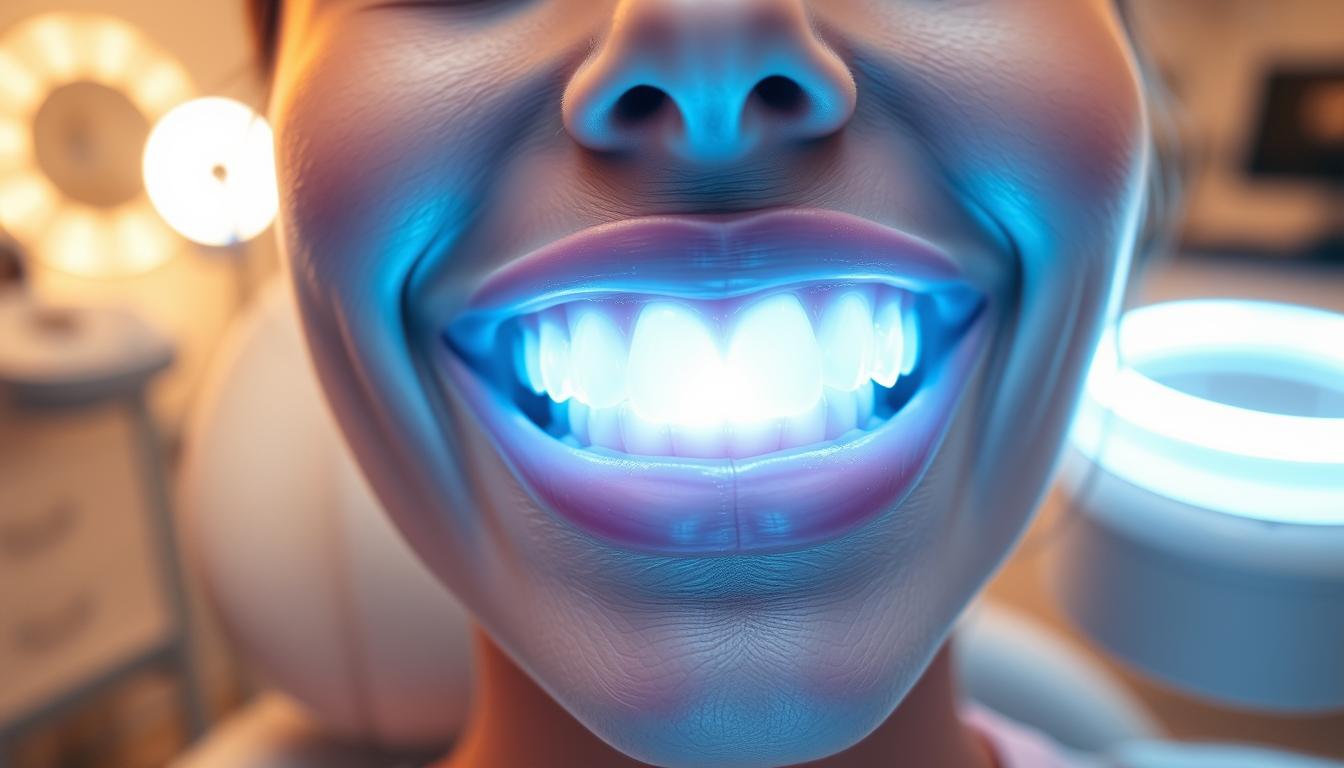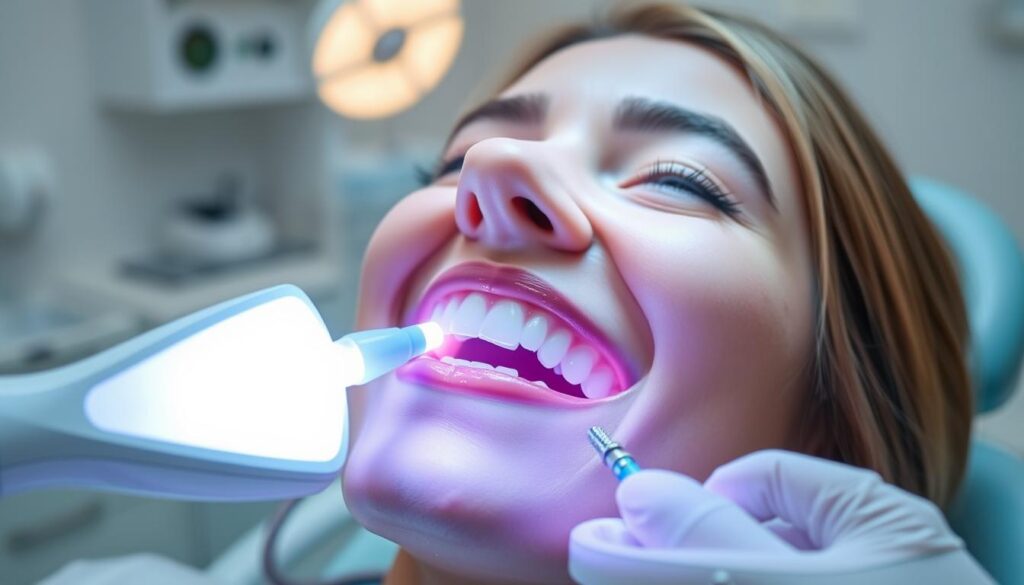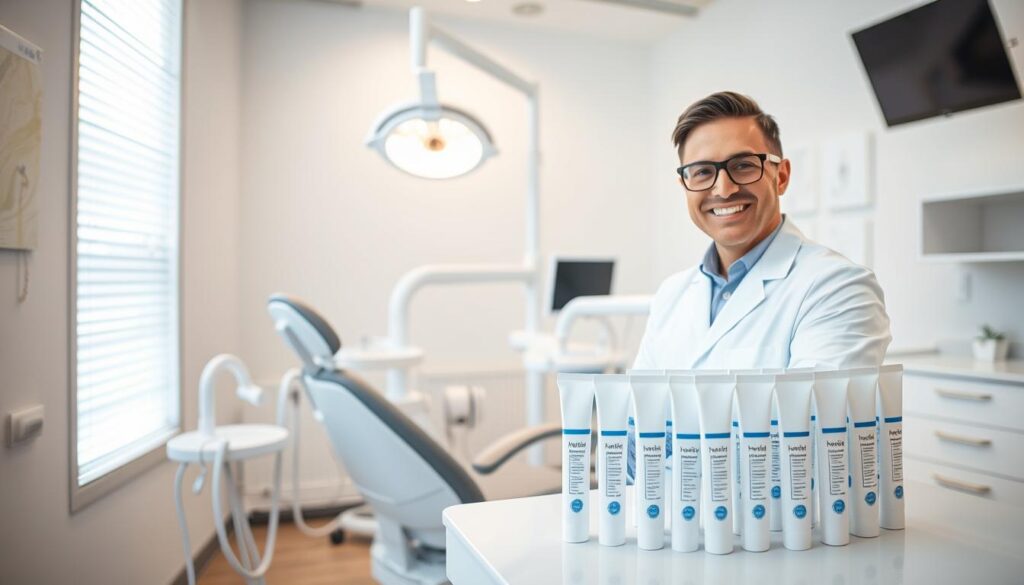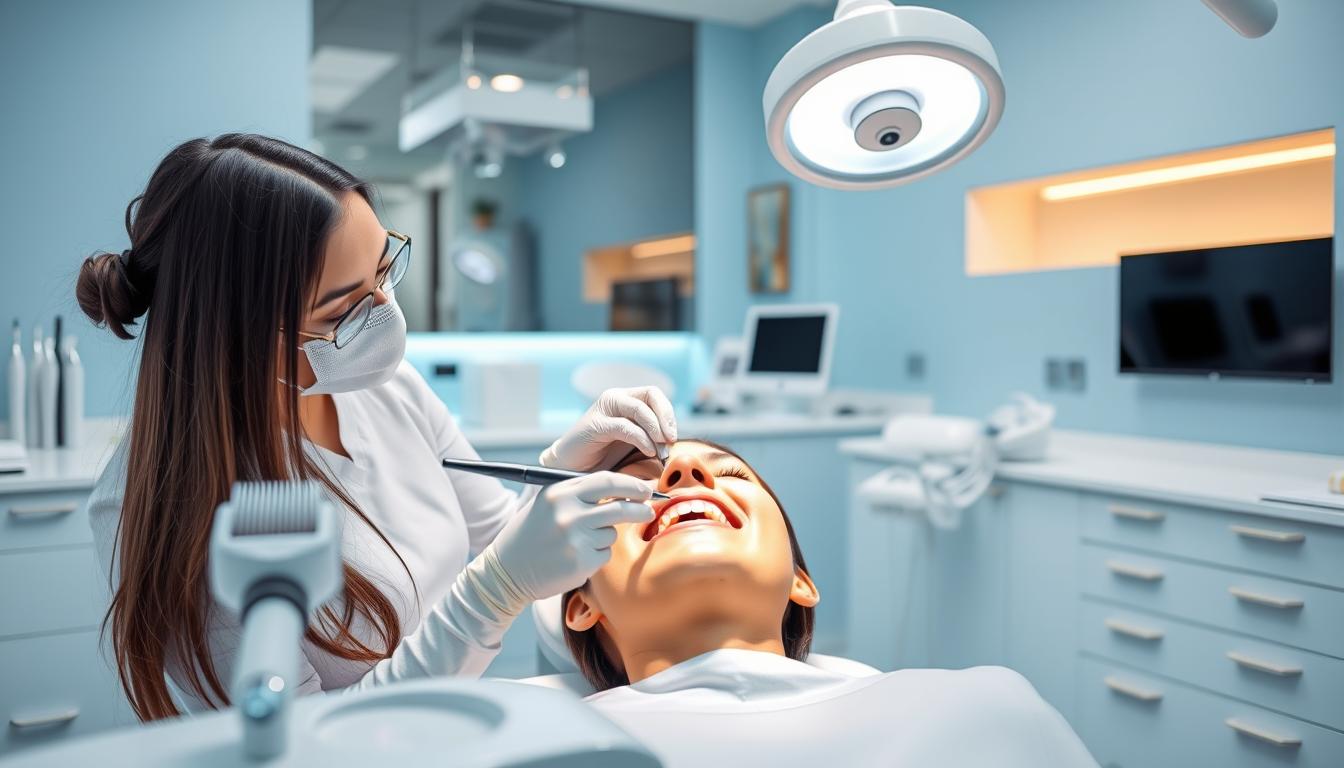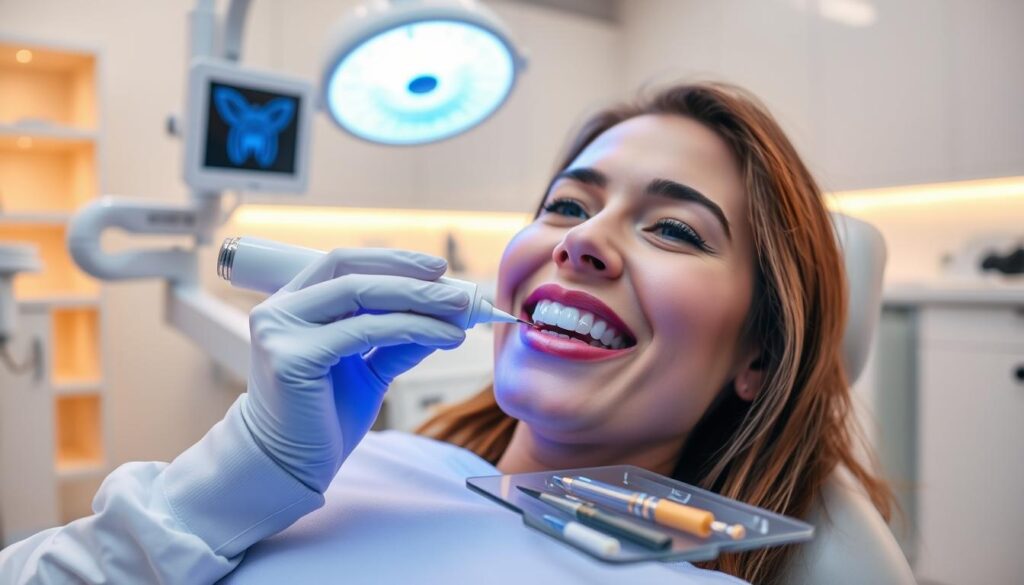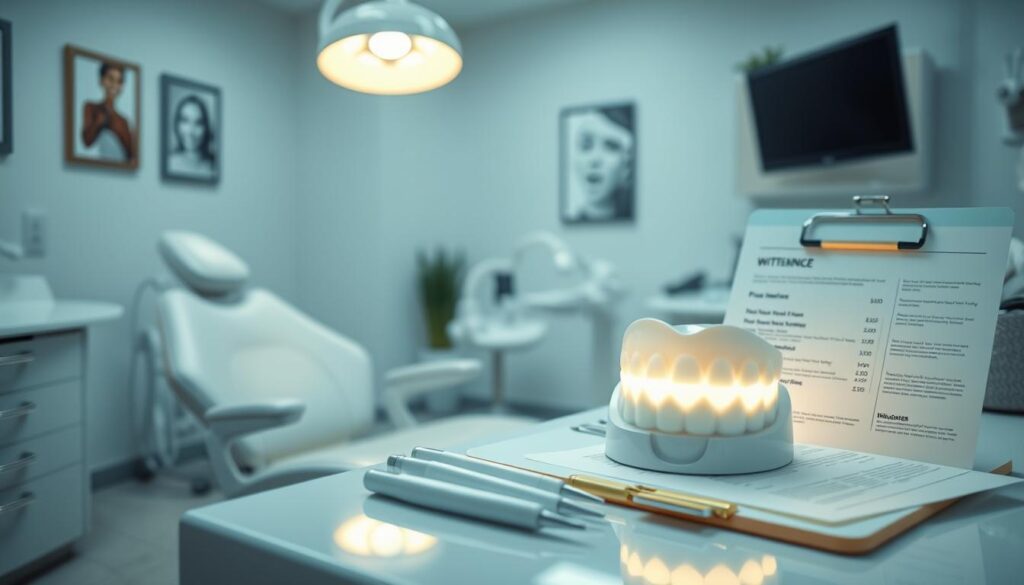Are you eager to achieve a brighter smile but hesitant due to concerns about teeth whitening sensitivity? You’re not alone! Many people experience discomfort during or after the whitening process, which can deter them from pursuing their dream smile. Fortunately, understanding the sources of sensitivity and exploring effective strategies can empower you to enjoy the enamel-brightening results without the associated discomfort. In this article, we’ll share expert advice and best practices to minimize teeth whitening sensitivity, helping you to safeguard your comfort while enhancing your smile. Get ready to transform your dental care routine and reclaim your confidence!
Understanding Teeth Whitening Sensitivity: Causes and Solutions
Teeth whitening has become increasingly popular, offering individuals a way to enhance their smiles and boost their confidence. However, one of the common side effects that many experience during and after the whitening process is sensitivity. Understanding teeth whitening sensitivity is crucial for anyone considering these cosmetic treatments. This sensitivity occurs when the whitening agents penetrate the enamel and reach the dentin, the layer of tooth structure beneath, potentially leading to discomfort or pain in the teeth. Recognizing the causes of this sensitivity is the first step towards prevention and effective management.
Several factors contribute to teeth whitening sensitivity. For example, individuals with already sensitive teeth, thin enamel, or gum recession may be more prone to discomfort. Additionally, the concentration of the whitening agent used can also play a significant role; products with higher levels of hydrogen peroxide may heighten sensitivity. To combat this issue and ensure a more comfortable whitening experience, it’s essential to consult with a dental hygienist who can assess individual cases and provide tailored recommendations. This can include options such as using lower concentrations of whitening agents or employing specific techniques to minimize discomfort.
Incorporating prevention of teeth whitening sensitivity into your oral care routine can prove beneficial. One effective solution is the use of potassium nitrate, a compound known for its desensitizing properties. Potassium nitrate works by blocking the pathways of nerve endings in the teeth, thereby reducing the sensation of pain associated with sensitivity. Many whitening products now include potassium nitrate to help mitigate discomfort during the whitening process. Moreover, it’s advisable to use desensitizing toothpaste in the days leading up to and following the whitening treatment to further prepare and protect your teeth.
Ultimately, awareness and preparedness are essential when embarking on a teeth whitening journey. By understanding the causes of sensitivity and applying practical solutions, individuals can enjoy a brighter smile without the dread of discomfort. Collaborating with a dental hygienist not only aids in crafting a personalized approach but also empowers individuals to make informed decisions regarding their whitening methods, ensuring a safe and effective experience.
Before You Whiten: Preparing Your Teeth for a Sensitivity-Free Experience
Before embarking on a journey to brighten your smile, it’s essential to adequately prepare your teeth for a sensitivity-free experience. Many individuals desire the dazzling effects of professional teeth whitening but are concerned about the discomfort often associated with the process. Fortunately, with proper planning and precautionary measures, you can significantly minimize the likelihood of post-whitening sensitivity. One of the most effective ways to achieve this is by using 5% Potassium Nitrate toothpaste (like Sensodyne Fresh Mint) which can help seal the tubules in your teeth and reduce the nerve response during and after the whitening treatment.
Consulting with a dental professional before undergoing any whitening procedure can greatly enhance your comfort level. Dentists can recommend specific desensitizers, products designed to numb nerves and protect the enamel from potential irritation during the whitening process. Additionally, they might apply fluoride varnish to your teeth ahead of time. This protective coating not only helps in managing sensitivity but can also fortify the enamel, ensuring it remains resilient against the whitening agents used.
Furthermore, maintaining a consistent oral hygiene routine prior to your whitening appointment can set the stage for a smoother experience. Regular brushing, flossing, and dental cleanings will help reduce plaque buildup, which can amplify sensitivity. Your dentist might also suggest using a sensitive toothpaste in the weeks leading up to your treatment. This approach can acclimate your teeth to any potential discomfort, making the professional teeth whitening process more pleasant.
Ultimately, being proactive about your dental health can transform your whitening experience into a positive one. By incorporating desensitizers, fluoride varnish, and a robust oral care regimen into your preparation, you not only protect your teeth but also enhance the effectiveness of the whitening treatment. A bright smile should come with confidence, not discomfort, and taking these steps can ensure you achieve just that.
Choosing the Right Teeth Whitening Products for Sensitive Teeth
Choosing the right teeth whitening products is essential, especially for individuals with sensitive teeth. Many popular whitening treatments can exacerbate sensitivity, causing discomfort and diminishing the overall experience. To avoid these issues, it’s important to understand how different products work and what alternatives exist for those prone to sensitivity. In the quest for a brighter smile, recognizing the ingredients and methods used in teeth whitening will ensure that you don’t compromise your dental comfort.
When considering teeth whitening sensitivity, best practices to minimize discomfort involve selecting products specifically formulated for sensitive teeth. These products typically contain lower concentrations of active whitening agents, such as hydrogen peroxide or carbamide peroxide, which can irritate the nerves in the teeth. Many brands now offer desensitizing agents in their formulas, which can help to counteract the harsh effects of whitening agents, making the process gentler on the teeth and gums. Conducting thorough research and consulting with dental professionals can also help guide you towards safer options.
Another crucial aspect to consider is the frequency of use. Overusing whitening products can lead to increased sensitivity, even with those designed for gentler applications. Following recommended guidelines and allowing the teeth to rest between treatments can help to reduce potential discomfort. Furthermore, incorporating fluoride treatments or desensitizing toothpaste into your oral care routine can strengthen enamel and alleviate sensitivity during the whitening process.
Finally, it’s wise to remember that natural remedies, such as baking soda, may be options for mild whitening without the sensitivity issues often associated with commercial products. However, they should be used with caution as well, as abrasive substances can wear down enamel over time. By being mindful of the products chosen and practicing good dental hygiene, you can achieve a radiant smile while minimizing the risk of teeth whitening sensitivity.
In-Office vs. At-Home Whitening: Which is Better for Sensitive Teeth?
When it comes to achieving a stunning smile, teeth whitening is one of the most sought-after dental procedures. However, for individuals with sensitive teeth, the choice between in-office and at-home whitening can be particularly challenging. Both methods have their own advantages and drawbacks, and understanding these can help you make an informed decision. Sensitive teeth often require special attention, as certain whitening agents can exacerbate discomfort. Therefore, knowing how each whitening method interacts with sensitivity is essential for maintaining comfort while enhancing your smile.
In-office whitening treatments, typically performed by a dental professional, often deliver immediate results and use stronger bleaching agents. However, the concentration of these agents might increase the risk of teeth whitening sensitivity for those prone to discomfort. Dentists and hygienists often take precautions, such as using desensitizing agents or offering fluoride treatments to help minimize sensitivity during and after the whitening process. Before undergoing an in-office treatment, it’s crucial to communicate any history of sensitivity with your dentist or hygienist. They can tailor the experience to your needs, making adjustments that can mitigate discomfort while still providing powerful whitening effects.
On the other hand, at-home whitening kits offer more control over the whitening process and can be less intense than in-office treatments. Many over-the-counter options contain lower concentrations of whitening agents, which may be gentler on sensitive teeth. Additionally, these kits allow individuals to customize their whitening schedule, often taking breaks between applications to assess and manage sensitivity. However, it’s vital to follow best practices to minimize teeth whitening sensitivity: using sensitive toothpaste prior to treatment, opting for products designed specifically for sensitive teeth, and allowing sufficient time between whitening sessions can all contribute to a more comfortable experience.
Ultimately, the best choice between in-office and at-home whitening for individuals with sensitive teeth will depend on personal preference and the level of sensitivity. Consulting with a dental professional can help you weigh the benefits and risks of each method. Whether you choose in-office treatments or at-home kits, taking precautions against sensitivity is essential. Making an informed decision will not only help you achieve the bright smile you desire but also ensure that your journey to whiter teeth is as comfortable as possible.
Tips for Managing Teeth Whitening Sensitivity During Treatment
Teeth whitening treatments can often lead to increased sensitivity, a common concern for many individuals seeking a brighter smile. The discomfort may range from mild tingling to more pronounced pain, particularly following the use of bleaching agents. To manage this sensitivity effectively, it’s crucial to adopt some practical strategies that can help alleviate discomfort while still achieving the desired results.
One of the most effective methods for reducing teeth whitening sensitivity is for the clinician to apply a product that contains potassium oxalate. This compound is known for its ability to inhibit nerve endings in the teeth, thereby decreasing sensitivity during and after the whitening process.
Additionally, it’s advisable to tailor the frequency of your whitening sessions to your individual sensitivity levels. If you experience discomfort, consider spacing out treatments or reducing the duration for which the whitening agent is applied. Following each treatment, be sure to use a fluoride toothpaste or a desensitizing toothpaste formulated specifically for sensitive teeth. This can further help to strengthen enamel and reduce sensitivity over time, making your teeth less reactive to whitening agents.
Lastly, maintaining a consistent oral care routine can play a vital role in managing sensitivity during whitening treatments. Brushing gently with a soft-bristled toothbrush, using mouth rinses designed to minimize sensitivity, and avoiding extremely hot or cold foods and drinks can all contribute to a more comfortable experience. By following these tips you can enjoy a brighter smile while minimizing the discomfort often associated with teeth whitening.
Post-Whitening Care: How to Soothe Sensitivity and Maintain Results
After undergoing a teeth whitening procedure, many individuals experience varying degrees of sensitivity. This common side effect can sometimes deter people from pursuing their desired whiter smile, but with proper post-whitening care, discomfort can be minimized. Teeth whitening sensitivity often arises due to the bleaching agents used during the whitening process, which can temporarily irritate the nerves of the teeth. To help alleviate this sensitivity, it is crucial to adopt best practices immediately after the treatment. Using desensitizing toothpaste specifically formulated for post-whitening care can be an effective first step, as these products contain ingredients designed to soothe and strengthen tooth enamel.
In addition to using desensitizing toothpaste, it is beneficial to avoid extremely hot or cold foods and beverages for at least 24 hours post-whitening. This helps in reducing the risk of triggering sensitivity and allows the teeth to recover from the whitening process. Moreover, practicing good oral hygiene remains vital during this period. Gentle brushing and routine flossing, coupled with rinsing with a fluoride mouthwash, can reinforce enamel while keeping teeth clean and free from plaque, which could further irritate sensitive areas.
Maintaining the results of your whitening treatment is equally important. Aftercare should involve avoiding staining foods and beverages, such as coffee, red wine, and dark-colored sauces, 24-48 hours following the procedure. Additionally, limiting tobacco use can significantly contribute to prolonging the brightness of your smile. Regular dental check-ups will also assist in tracking any sensitivity issues and ensuring that your teeth remain healthy and vibrant.
Ultimately, embracing these post-whitening practices can help you achieve the best results while minimizing discomfort. By understanding teeth whitening sensitivity and how to navigate it, you can enjoy a dazzling smile without compromising comfort or health. Remember, effective aftercare is just as critical as the whitening procedure itself, paving the way for a bright and confident future.
Natural Remedies for Teeth Whitening Sensitivity: What Really Works
Consult with Your Dentist: Professional Guidance for Sensitive Teeth Whitening
Teeth whitening has become a popular cosmetic procedure, helping countless individuals achieve a brighter smile. However, for those with sensitive teeth, the process can sometimes lead to discomfort. Consult with your dentist or hygienist before embarking on a whitening journey to ensure you understand the implications of the treatment on your oral health. A dental professional can provide valuable insights into the types of whitening options available, which may significantly reduce the likelihood of experiencing discomfort related to tooth sensitivity.
Teeth whitening sensitivity is a common concern among patients. Dentists and hygienists can identify the underlying causes of sensitivity, such as enamel wear or gum recession, and recommend ways to address these issues prior to treatment. By conducting a thorough examination, your dentist can suggest the best practices to minimize sensitivity during and after the whitening process. This guidance might involve choosing a specific whitening gel, adjusting application times, or considering alternative methods like professional treatments that can be tailored to your unique dental needs.
In addition to personalized product recommendations, your dentist or hygienist can help you understand the importance of post-whitening care. After undergoing a whitening procedure, it’s crucial to follow a routine that may involve using special toothpaste designed for sensitive teeth, along with adhering to recommended dietary restrictions to minimize the risk of irritation. Listening to the professional guidance of your dentist not only enhances the effectiveness of the whitening treatment but also supports the long-term health of your teeth.
Ultimately, consulting with your dentist and hygienist is a proactive step in the teeth whitening process. By discussing your concerns about sensitivity and examining your oral health, you position yourself for a more comfortable and effective whitening experience. Proper guidance equips you with the knowledge to make informed decisions and helps ensure that your pursuit of a brighter smile doesn’t come at the cost of your dental well-being.
Long-Term Strategies for Preventing Teeth Whitening Sensitivity
Teeth whitening has become an increasingly popular cosmetic procedure, offering individuals a brighter smile and enhanced confidence. However, many people experience teeth whitening sensitivity, which can result in discomfort and deter them from pursuing their desired treatment. To ensure a positive experience, it’s essential to adopt long-term strategies that address this common issue. By understanding the root causes of whitening sensitivity and implementing best practices, individuals can enjoy the benefits of a whiter smile while minimizing discomfort.
One effective method to reduce teeth whitening sensitivity is to choose the right whitening product. Over-the-counter options often vary in strength, and some might lead to increased sensitivity due to high concentrations of active ingredients. Consulting with a dental professional can help you find a product that suits your enamel sensitivity levels and overall dental health. Additionally, following the recommended usage guidelines is paramount; overusing whitening products can worsen sensitivity and cause damage to tooth enamel.
Incorporating desensitizing agents into your dental care routine can also play a vital role in minimizing teeth whitening sensitivity. Many dental products now contain fluoride or potassium nitrate, which help reinforce enamel and soothe nerve endings. By using these desensitizing toothpaste or gels in conjunction with whitening treatments, individuals can build resistance to sensitivity. Moreover, allowing your teeth to acclimate between whitening sessions can be beneficial. Spacing out treatments gives your teeth time to recover, which helps keep sensitivity at bay.
Lastly, maintaining good oral hygiene practices is crucial in reducing teeth whitening sensitivity in the long term. Regular brushing and flossing help to keep the enamel strong and healthy, while routine dental check-ups can identify any underlying issues that may contribute to sensitivity. Staying hydrated and limiting acidic food and beverages can further support enamel health. Adopting these comprehensive strategies not only addresses teeth whitening sensitivity while undergoing treatments but also promotes overall oral health, ensuring a beautiful and bright smile for years to come.
FAQs: Expert Answers to Common Questions About Teeth Whitening Sensitivity
Teeth whitening is a popular cosmetic procedure that many people consider to enhance their smiles. However, a common concern associated with this process is teeth whitening sensitivity. Individuals often experience heightened sensitivity to temperature or discomfort during and after the whitening treatments. Understanding the reasons behind this sensitivity can help individuals navigate their whitening journeys and establish effective strategies for minimizing discomfort.
One of the primary factors contributing to teeth whitening sensitivity is the concentration of bleaching agents in the products used. Higher concentrations of hydrogen peroxide or carbamide peroxide can lead to increased sensitivity, especially in individuals with already sensitive teeth or exposed dentin. To mitigate this, it’s essential to follow the recommended usage instructions carefully and to consider professional whitening options where a dentist can tailor the treatment according to one’s specific dental needs. Additionally, opting for products designed explicitly for sensitive teeth can provide a gentler whitening experience.
Another critical aspect to consider is the choice of whitening method. While at-home kits can be convenient, they may not provide the same level of control and customization as professional treatments. Dentists and hygienists Teeth whitening treatments can lead to sensitivity for many individuals, causing concern about the effects of these popular procedures. Understanding teeth whitening sensitivity is crucial for anyone considering brightening their smile. It’s not uncommon for people to experience some level of discomfort, especially after undergoing professional whitening treatments or using potent at-home kits. However, knowing how to manage and minimize this sensitivity can make the process much more pleasant.
To address this issue, it’s essential to follow best practices to minimize teeth whitening sensitivity. For instance, incorporating fluoride toothpaste into your routine can strengthen enamel and help reduce discomfort associated with whitening products. Additionally, being mindful of the temperatures of the foods and beverages you consume is vital. Avoiding extreme temperatures can prevent triggering painful sensations in sensitive teeth. Regular visits to your dentist for check-ups and discussing your whitening plans can also ensure that you’re using safe methods tailored to your individual dental health.
Maintaining good oral hygiene is another cornerstone of minimizing teeth whitening sensitivity. Brushing and flossing daily not only keep your teeth clean but also support the integrity of your enamel. Moreover, staying hydrated and rinsing your mouth after whitening treatments can help alleviate any lingering sensitivity. If you experience chronic or severe discomfort, consulting your dentist is recommended, as they may suggest desensitizing treatments or adjustments to your whitening regimen.
Ultimately, while sensitivity is a common side effect of teeth whitening, there are ample strategies to combat it. By following these best practices—not only can you achieve a brighter smile, but you can do so while keeping discomfort to a minimum and promoting long-term dental health. With careful planning and awareness, you can enjoy all the benefits of a dazzling smile without the pain that sometimes accompanies the journey to get there.
can implement measures such as applying desensitizing agents before or after the whitening procedure, reducing the risk of discomfort. Following up whitening treatments with some best practices—like using fluoride toothpaste, avoiding extreme temperatures in food and beverages, and maintaining good oral hygiene—can help soothe sensitivity and promote overall dental health.
Ultimately, being proactive about teeth whitening sensitivity is crucial for a successful experience. By adhering to best practices to minimize sensitivity and consulting with dental professionals when necessary, individuals can achieve the bright, brilliant smiles they desire without enduring excessive discomfort. With mindful attention to treatment options and aftercare routines, teeth whitening can be a gratifying part of maintaining an attractive smile.

